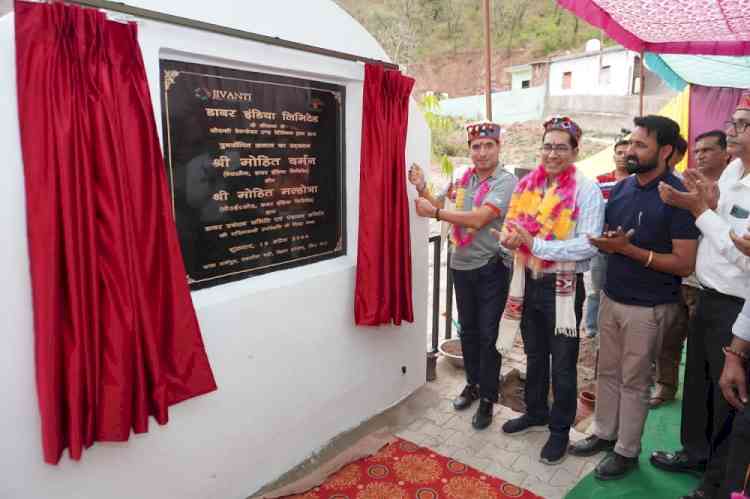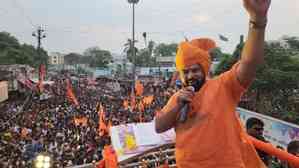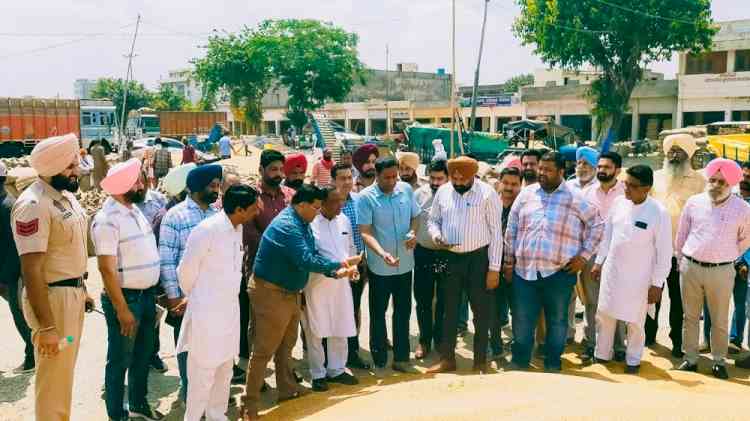Post-dengue joint & muscle pain increase among Ludhanvis- Dr NK Aggarwal
Author(s): City Air NewsLudhiana, November 17, 2015: The most affordable knee-transplant provider & India’s one-stop option for patients with musculoskeletal problems, Joint & spine Center spreads awareness among people on Post-dengue...

Ludhiana, November 17, 2015: The most affordable knee-transplant provider & India’s one-stop option for patients with musculoskeletal problems, Joint & spine Center spreads awareness among people on Post-dengue side effects on bones. An increasing number of people who have recovered from dengue have a persistent joint and muscular pain.
Dr NK Aggarwal, Chief consultant, Joint & spine Centre shared an unprecedented number of dengue patients in the city have reported emergence of viral polyarthralgia (pain in several joints) and myalgia (muscle pain), a condition that persists for days after recovery. Associated vitamin and mineral deficiency has made the pain worse and debilitating in many cases.
Dengue has pathological effects on tendons, muscles, joints and bones. Increased risk of myalgia and polyarthralgia are seen in dengue patients with associated co-morbid conditions, patients with vitamin and mineral deficiencies, those who are elderly and children who are malnourished.
Vitamins D and E boost recovery. "Therefore, maintaining good health and levels of nutrition will help fight the disease better. Those deficient in micronutrients like Vitamin D, B12 and E are often seen complaining of persisting muscle and joint pains when compared with those who have sufficient amounts of the vital nutrients," he further added
Two types of pain are associated with dengue -- acute reactive arthritis during dengue fever and other is chronic joint pain after dengue. They are treated with paracetamol and simple exercises apart from supplements to correct vitamin deficiencies. Joint pains are intense and serious in those with vitamin deficiencies.
"In the acute stage of viral fever, joint pain is usually symmetric, involving large and small joints of the upper and lower limbs. Joint pain occurs commonly in wrists, elbows, fingers, knees and ankles; nevertheless, the knee is the most commonly involved joint and the proximal joints, hip and shoulder are less affected," he said.
A timely orthopaedic consultation can prevent and control the musculoskeletal complications of the disease and lead to a pain free recovery. A comprehensive approach with inputs from health professionals of various medical branches and orthopaedics can lead one to an early cure and prevent crippling musculoskeletal complications.
Date:
Tuesday, November 17, 2015

 cityairnews
cityairnews 
















